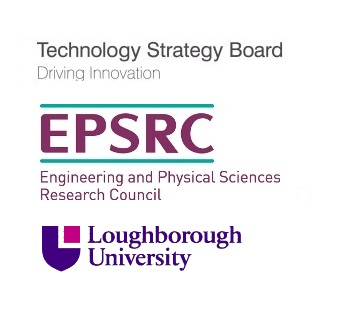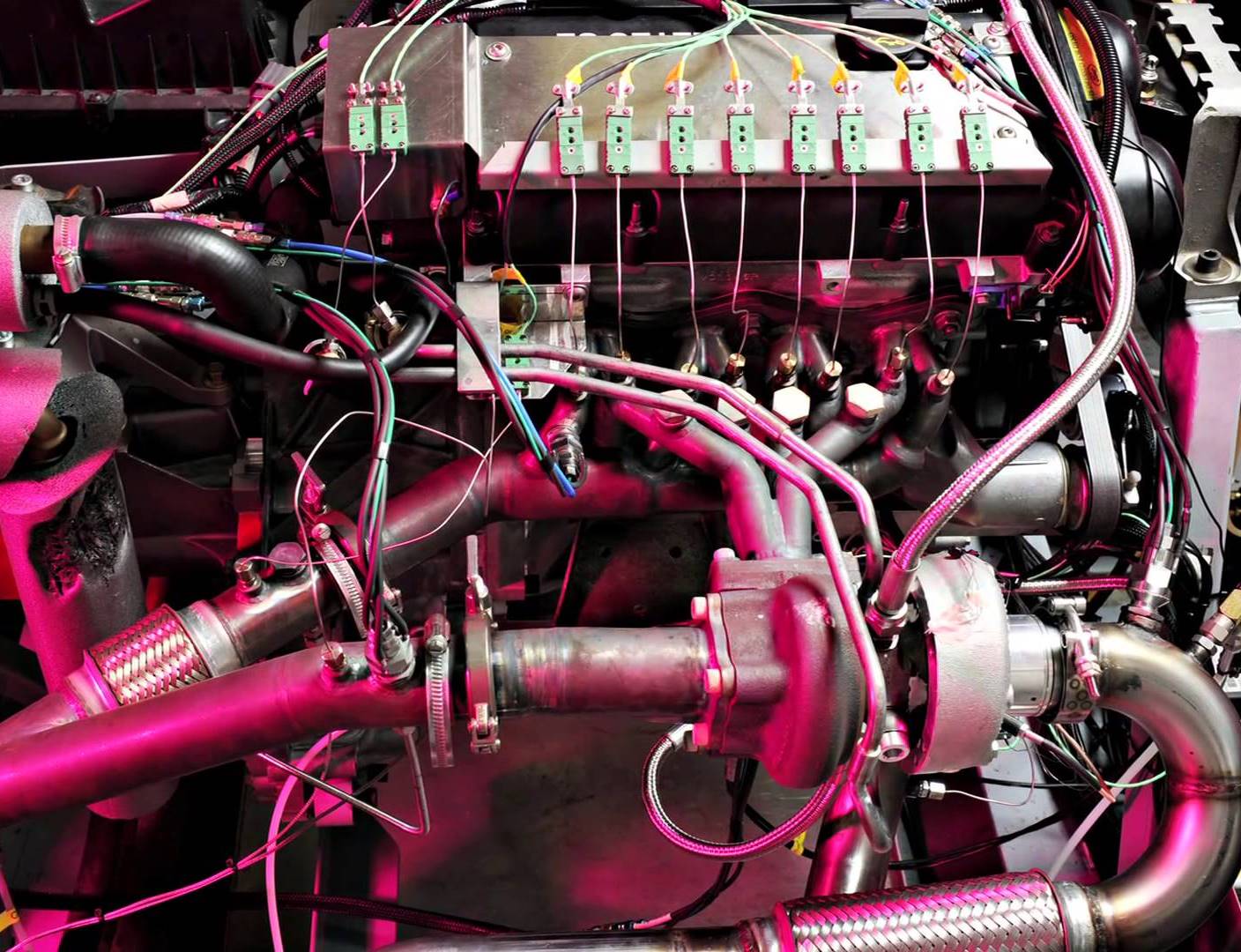Technology
The options for how to use the exhaust energy recovered through a turbine can be categorised as:
1. Turbo-charging: use of turbine extracted energy to pressurise the intake charge
2. Turbo-compounding: use of turbine extracted energy to contribute directly to crankshaft work
3. Turbo-discharging: use of turbine extracted energy to depressurise the exhaust manifold.
Turbo-discharging is a novel approach that can better utilise the energy recoverable by a turbine mounted in the exhaust flow of an ICE - allowing the depressurisation of the exhaust system to reduce engine pumping work, reduce hot residual gases in the cylinder and improve fuel efficiency.

